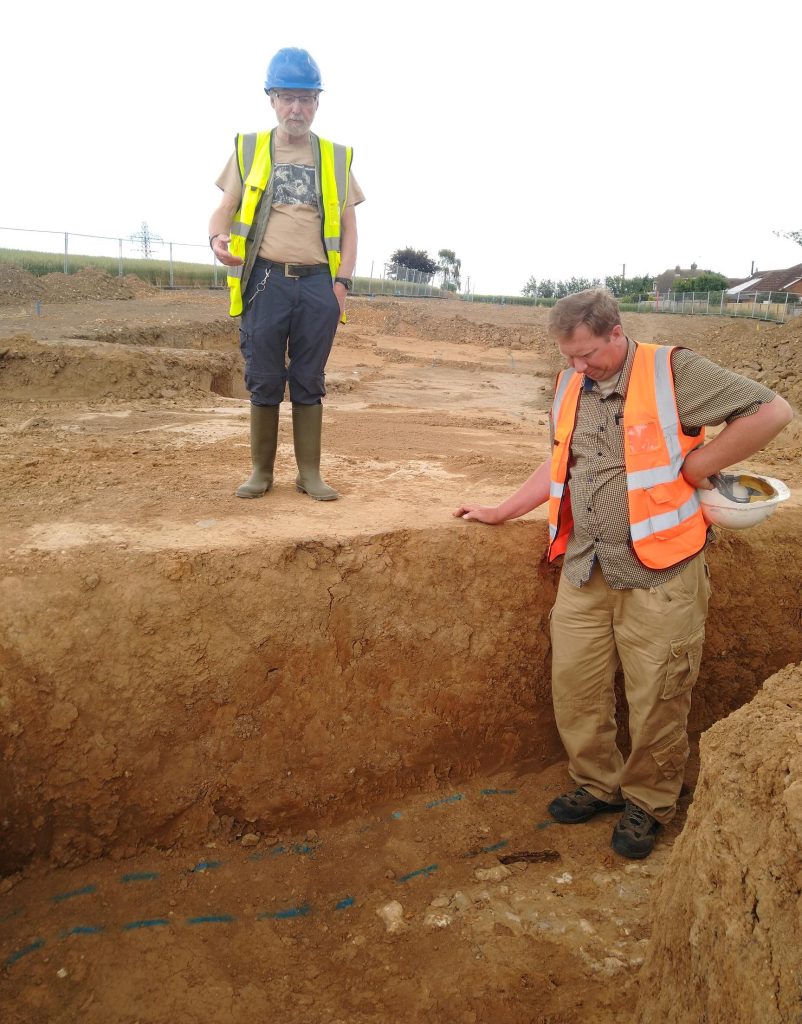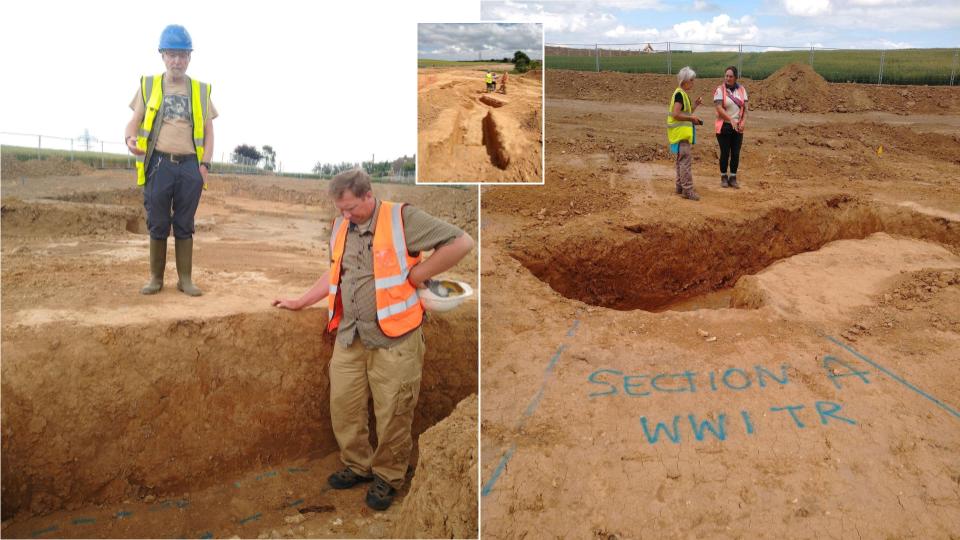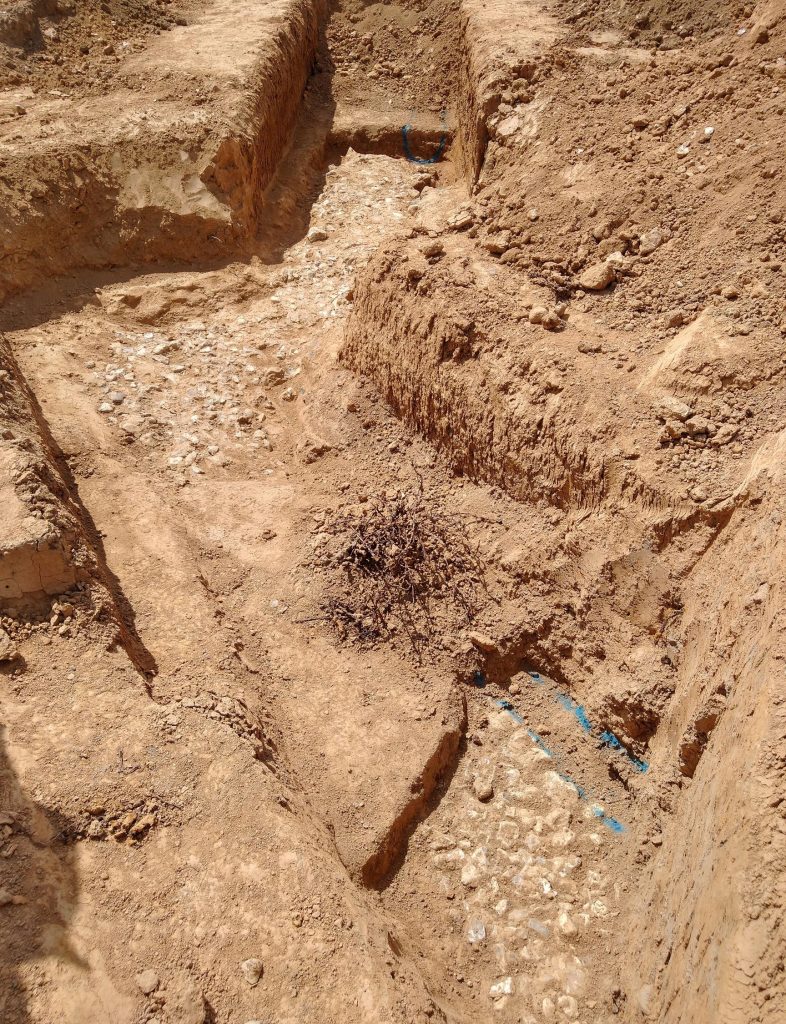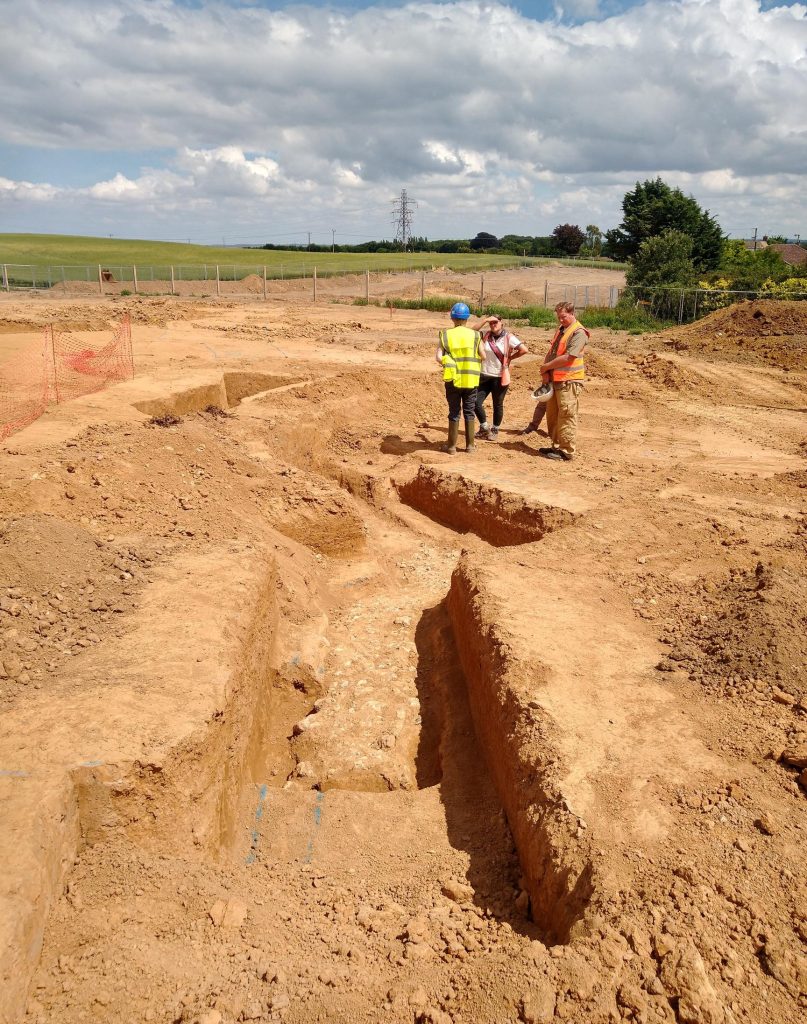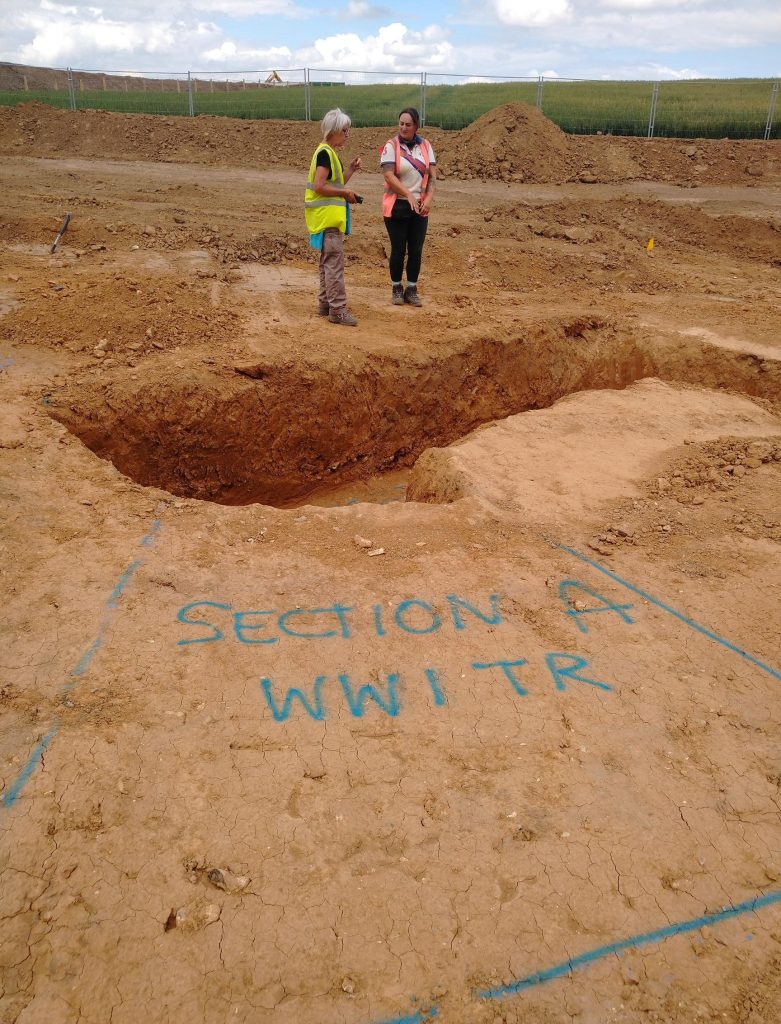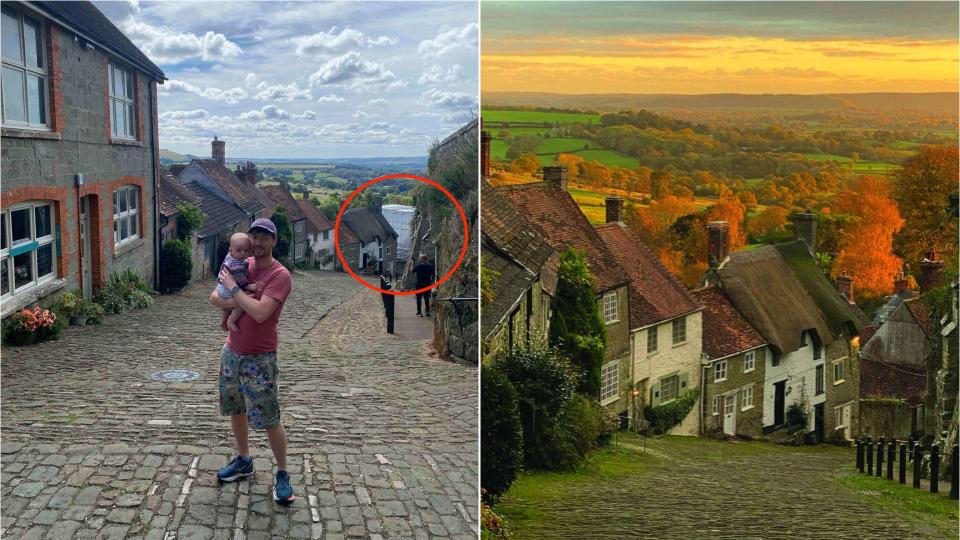THE first World War One trenches dug on British soil to protect the country have been unearthed by archaeologists.
The ditches were made for operational use and not for training.
They form a forgotten defensive system that ran from the Isle of Sheppey to Maidstone, Kent.
Called the Chatham Land Front, the fortified line would have been Britain’s final hope had the enemy invaded between 1914 and 1918.
An investigation by Swale and Thames Archaeological Survey Company on land in Bobbing, near Sittingbourne, revealed the zig-zag trench system.
